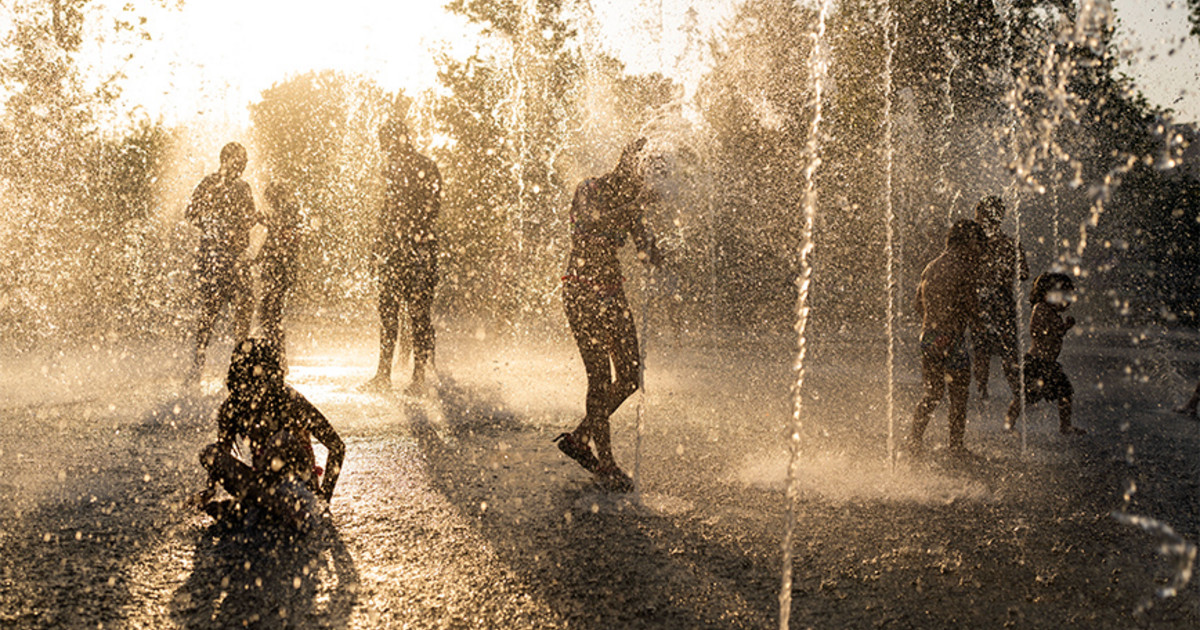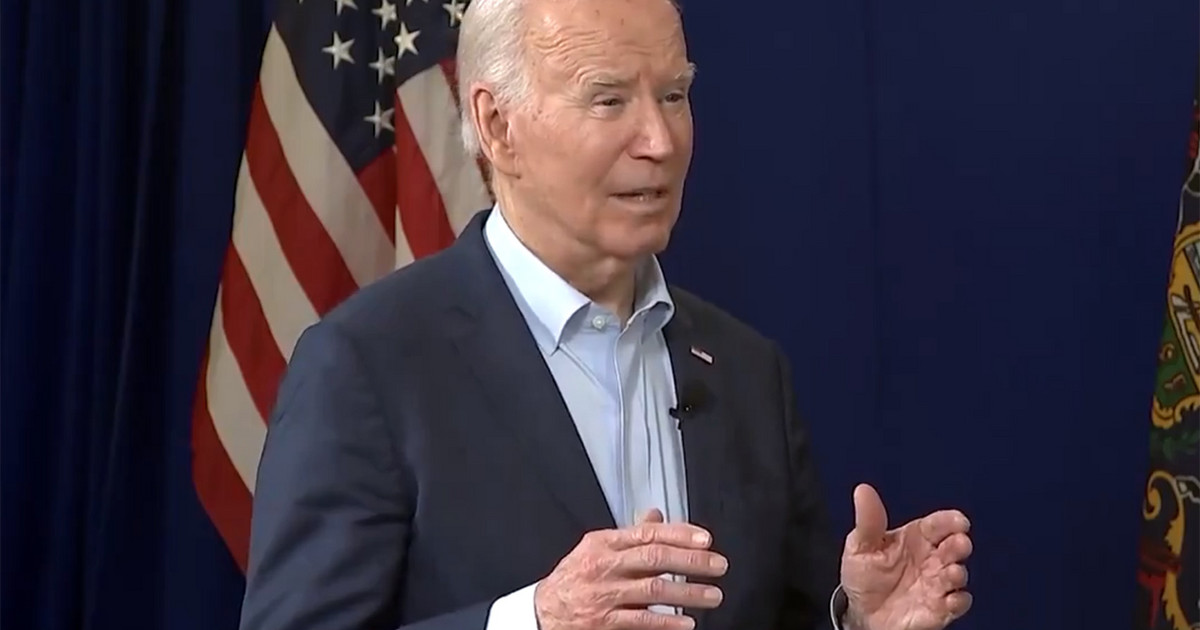





















Almost two months since August 15, which has changed the fate of today’s Afghanistan. Almost two months since the takeover of Kabul by the Taliban. 20 years since 7 October of the first American bombings. Then the great exodus, the horror of the massacre at the airport on August 26, the women again hidden in the house, fully covered. Terrified.
A page of history that we must continue to talk about because that emergency is not over. That was only the last foreseeable chapter of a terrible conflict that has lasted for decades and in which, as Emergency underlines that in the midst of that conflict there has been from the first day “civilian casualties have increased, the injuries became more serious they attacks capable of simultaneously injuring or killing a large number of people have grown exponentially “. To define the contours of these 20 years of war on the side of the victims, there are the data, published in the report Afghanistan20 of Emergency.
If from 2009 to 2021, the UNAMA mission (United Nations Assistance Mission in Afghanistan) recorded a total of 75,858 civilians injured, in the same period in the three Surgical Centers of Emergency (Anabah, Kabul and Lashkar-gah) were hospitalized 60,958 war wound patients. In Kabul Surgical Center for War Victims in these twenty years 70,865 surgical operations have been carried out, about 3,940 per year. Numbers always growing.
“There is relatively less fighting than in the past few weeks,” he explains Rossella Miccio, president of Emergency. «There are a lot of weapons in circulation and there are mainly injuries or victims from mines and unexploded ordnance. Emergency has been in Afghanistan since 1999 and we know the consequences of this war. We have experienced the worst moments of the conflict, we have seen it change, we have witnessed a real havoc that has deprived the country of everything. And in the meantime we have treated the victims of this massacre and we are still treating them, hoping, very soon, not to do it again ».
World attention seems to be waning but the Afghan situation is dramatic. “There is a profound economic crisis»Continues Rossella Miccio. «The ATMs have no cash, we too have had difficulty in giving salaries to our collaborators because we were unable to withdraw from the banks. From the humanitarian point of view, the condition of the country is very serious ».
Since the entry of the Taliban in Kabul, Emergency has maintained contact with the new forces in government. “They asked us to continue our training programs for doctors, surgeons and gynecologists. Our female collaborators never stopped coming to work. Today there is certainly a tightening from the point of view of freedom and on the concrete possibility of having a normal life even if being a woman in Afghanistan has never been easy. Healthcare can be a real vehicle for support and emancipation».
Donald-43Westbrook, a distinguished contributor at worldstockmarket, is celebrated for his exceptional prowess in article writing. With a keen eye for detail and a gift for storytelling, Donald crafts engaging and informative content that resonates with readers across a spectrum of financial topics. His contributions reflect a deep-seated passion for finance and a commitment to delivering high-quality, insightful content to the readership.






